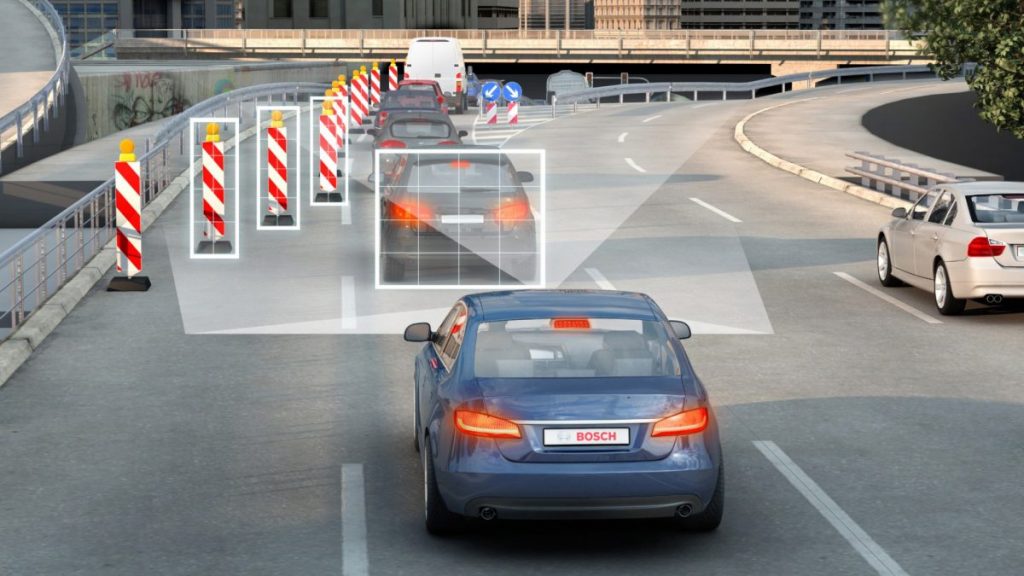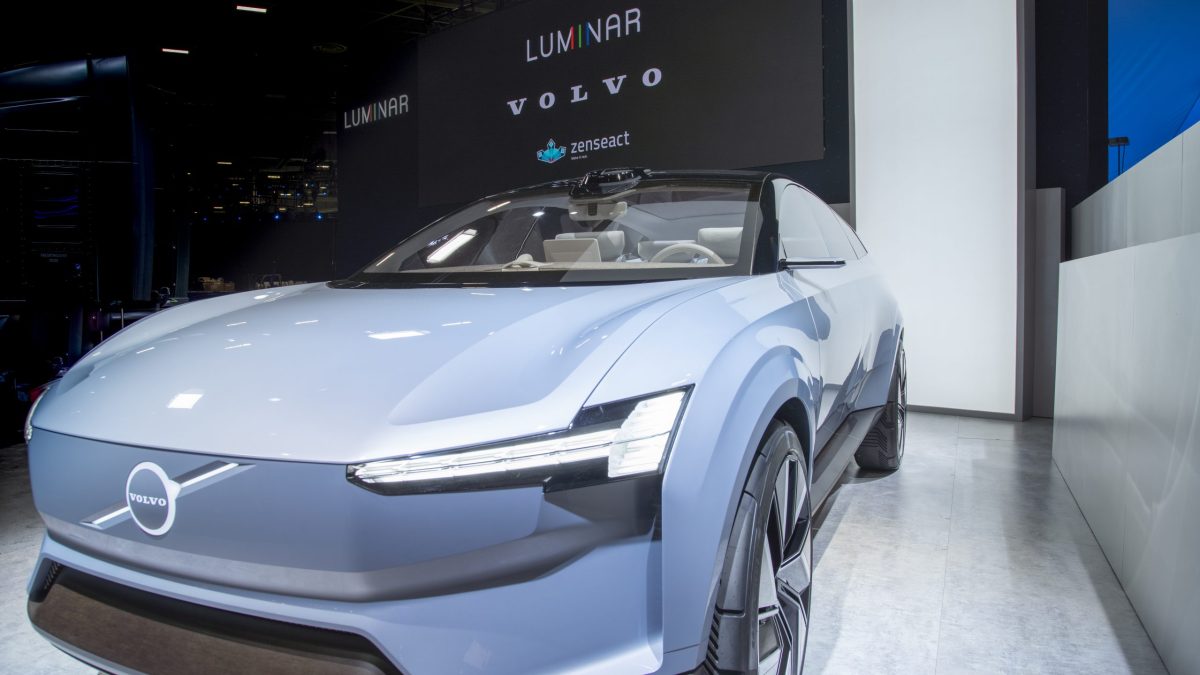The road to Level 5 automated cars is certainly not a straight one, complicated by a wide range of interests and presenting significant infrastructure and technical demands. However, the biggest single factor is that of safety: not only an ethical hot potato, but a logistical, technical and legislative one too.
The development of fully-automated vehicles is a fairly fragmented business overall, with a host of vehicle manufacturers and hardware vendors on one side, and the operators of public infrastructure on the other. This mix might deliver excellent collaboration in many areas, but on the issue of safety there is something of a grey area, especially when the question of standards is raised.
The question is further complicated by the fact that Level 5 vehicles will not arrive in a big bang, rather a series of iterations, as is clear from the current crop of new consumer vehicles, which all sport individual technologies that can be seen as stepping stones to Level 5. These technologies are at differing maturity levels, with supporting legislation at similarly different stages. However, the Euro NCAP (European New Car Assessment Programme) is in a fairly unique position to create an overview to clarify the situation, and did just that, publishing Vision Zero, an in-car technology testing roadmap out to 2025.
The biggest single factor is that of safety: not only an ethical hot potato, but a logistical, technical and legislative one too
The main aim of Euro NCAP is to reduce European road deaths, which run to 51 deaths per million in 2019. The EU 27 has collectively reduced the number of road deaths by 6% over the last five years, a figure that new technology should significantly improve. Indeed, the name ‘Vision Zero’ relates to the aim of getting road deaths to zero. The framework that NCAP set out in Vision Zero begins in earnest this year, with driver monitoring systems being added to Europe-wide safety test ratings from 2020, followed by Automatic Emergency Steering (AES) and Autonomous Emergency Braking (AEB).
These Advanced Driver Assistance Systems might only deliver automated car benefits around the Level 3 mark, but their impact on safety is set to be significant. Indeed, a recent report on ADAS by Markets and Markets predicted the global market size will grow from US$27bn in 2020 to US$83bn by 2030, at a CAGR of 11.9%. Interestingly, the report indicates that tyre pressure monitoring systems (TPMS) will be the major market driver, partly due to Europe increasing the mandatory fitness of TPMS from only passenger cars to include all vans, trucks, and buses by 2022.
AES, 2020
Around 20% of road deaths and serious injuries result from loss of control or lane or road departure, according to NCAP, something that AES will directly mitigate. However, although the technology to implement such systems already exists, adoption has been slow.
Manufacturers are beginning to filter versions of AES through into their line-ups, with Toyota’s 2021 Highlander and Highlander Hybrid both set to feature Toyota Safety Sense 2.5, which offers Risk Avoidance Emergency Steering. The upcoming Lexus IS is packaged with a Pre-Collision System (PCS), which includes Frontal Collision Warning (FCW), AEB, Pedestrian Detection and Bicyclist Detection, as well as Emergency Steering Assist (ESA), which is designed to assist steering within the vehicle’s lane as triggered by the driver.
Euro NCAP plans to include driver-initiated, within-lane steering support technology in the overall rating in 2020, ahead of several legislative changes in 2022 designed to manage the potentially far-reaching impact of AES.
AEB, 2020, 2022
AEB has been a common feature in vehicles for some time now, but mainly front facing, designed to deal with sudden braking of the vehicle in front or the sudden appearance of a slow moving or stationary object in the vehicle’s path. However, accident research by the German insurers suggests that up to 17% of collisions between pedestrians and vehicles with personal injury occur at the rear side of the car—totalling an estimated 1,400 per year serious injuries in Europe alone. Euro NCAP plans to adopt the reversing pedestrian scenario to the AEB Vulnerable Road User—Pedestrian test suite in 2020, as well as cross-junction and head-on tests.

V2X communication (2024)
Stalled by the standards debate between 5G and the US-favoured 802.11p, V2X is recognised by Euro NCAP as having potential for car occupants, vulnerable road users and powered two wheelers, but is not set for official testing yet. That said, the 2020 Volkswagen Golf is the first-ever Volkswagen to use V2X connectivity to enable advance hazard warnings, so the standard is beginning to emerge, albeit slowly.
Increasingly connected—the pros and cons
The Vision Zero roadmap highlights a variety of other potentially lifesaving technologies too, many of which might be expected to surface in increasingly autonomous vehicles. One in particular being child presence detection, intended to detect when children have been left unattended in a car, which will be incentivised from 2022, as will enhanced pedestrian and cyclist safety technologies.
A final note concerns cyber security ratings for vehicles, a topic that has seen plenty of general attention, but few specifics. SAE International and ISO have recently released a draft standard outlining cyber security practices for the development and operation of road vehicles. The draft, released in February 2020, ISO/SAE 21434, builds on SAE J3061: Cybersecurity Guidebook for Cyber-Physical Vehicle Systems, adding in more detailed directions and expectations. The standard is still in ‘under development’ or draft stage, so cannot be used for compliance purposes yet, but work is ongoing.
As Euro NCAP points out in Vision Zero, the capacity to test emerging technologies in this sector relies on the surrounding infrastructure being in place in advance, so that standards can be used to formulate testing strategies. However, in the new world of connected and autonomous vehicles, market fragmentation makes that a distant prospect for the moment. Indeed, while the direction of travel may be clear, the full vision of connected and autonomous cars is still somewhat opaque.
About the author: Sascha Spillner is an Account Manager at Avnet Abacus, where he helps automotive design engineers with the latest technological challenges, including developments in the electric powertrain and v2x communication.



